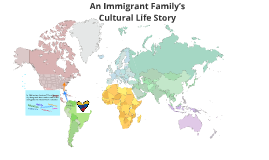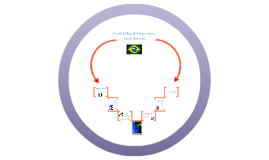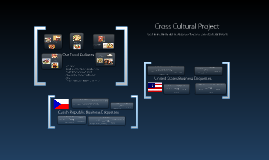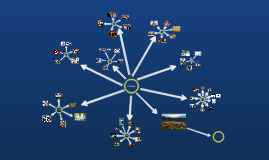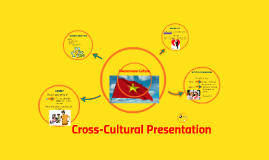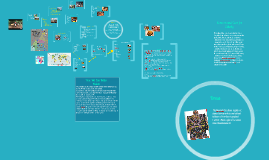Cross Cultural Presentation
Transcript: (1/4 Population) Cameroon Developing Tug - o - war Wrestling Football (soccer) Animism in Cameroon A Diverse Nation French and English official language 279 living languages Foods Laterite soils of the savanna Rape is very common Rape in Marriage - Not protected Often goes unreported Will work out an agreement with perpetrator (If family or close friend of victim) to pay Corruption among Police Sex Trafficking Government demonstrates weak efforts to enforce anti-trafficking laws Female Genital Mutilation In Cameroon, almost 50% of women have undergone FGM between 5 and 9 years of age. Homosexuality is illegal Marriage Practices taxis truckdriver Herdsman Butchers Market Traders City Workers (1/5 Population) • Legal Age • Arranged Marriages • Early/Forced Marriages • Polygyny most often found in rural areas No limit to number of wives Agriculture Cash Crop Industry Hydroelectric Agreements (1/2 Population) By: Laura Hoffman, Meagan Hohulin, Woodie Davis, Bailey Farmer Large Families are favored- with many children. Extended Family lives together- Especially in Rural Areas Births are considered important blessings to the husband. Father will send gifts to his wife's family. • Life in a typical Cameroon family is male-dominated The men are expected to bring in money for the entire family, teach their trade to the sons, take care of the property, and be a life mentor to the males in the family Men have higher status/power than women do. Women are expected to take care of the home, and raise the children Traditions vary from tribe to tribe "Knock-Door" Tradition Groom's Family Pays Bride Price Muslim Christian Protestant Roman Catholic Traditional Animist Practices Slaughter Chicken/ Large Feast Comedian Keep Head Bowed Share Kola Exchange Salt Rainforest Role of Money Migration Unemployment labors Poverty Line Sexual Practices The quality of health care is generally low. Due to financial cuts in the health care system there are few professionals. Doctors and nurses, which were trained in Cameroon, emigrate because in Cameroon the payment is bad for too much work. Nurses are unemployed even though their help is needed. Some of them even help out voluntarily so they will not lose their skills. Outside the major cities, facilities are often dirty and poorly equipped. Life expectancy at birth is estimated to be 54.71 years in 2012, among the lowest in the world. Endemic diseases include dengue fever, filariasis, leishmaniasis, malaria, meningitis, schistosomiasis, and sleeping sickness. So with life expectancy so low there isn’t much concern for the elderly. Banks Njangis Cell Phone Sports Concern and Care for Elderly Sand of the Sahel Weddings Cassava (Manihot esculenta), also called manioc, yuca, balinghoy, mogo, mandioca, kamoteng kahoy, tapioca-root (predominantly in India) and manioc root, a woody shrub of the Euphorbiaceae (spurge) family native to South America, is extensively cultivated as an annual crop in tropical and subtropical regions for its edible starchy tuberous root, a major source of carbohydrates.and dress and how geography may have played a part in their development cocoyam yam, rice, plantain, potato, maize, beans, fish, porcupine and giant rat. Millet. The millets are a group of highly variable small-seeded grasses, widely grown around the world as cereal crops or grains for both human food and fodder. Fufu It is made by boiling starchy food crops like cassava, yams or plantains and then pounding them into a dough-like consistency brochettes, known locally as soya (a kind of barbecued kebab made from either chicken, beef, or goat) sangah (a mixture of maize, cassava leaf and palmnut juice) ndolé (a spicy stew containing bitterleaf greens, meat, shrimp, pork rind, and peanut paste)  There is also a thriving illegal trade for chimpanzee and gorilla Influences Given that Cameroon was colonised repeatedly, New World staples were introduced several centuries ago, as well as European cooking techniques and culture Religion Family Life Cycle `Once Americans become educated about this culture and how similar it is to us, then we will better relate to persons of this culture. `Cameroon has a high level of religious freedom and diversity. The predominant faith is Christianity practiced by about two thirds of the population followed by Islam at 21% the Indigenous at 6% `National policy strongly advocates sport in all forms. Traditional sports include canoe racing and wrestling, and several hundred runners participate in the 40 km (25 mi) Mount Cameroon Race of Hope each year.Cameroon is one of the few tropical countries to have competed in the Winter Olympics. However, sport in Cameroon is dominated by association football (soccer). Amateur football clubs abound, organised along ethnic lines or under corporate sponsors. The Cameroon national football team has been one of the most successful in Africa since its strong showing in the 1990 FIFA World Cup. Cameroon has won four African Cup of Nations






